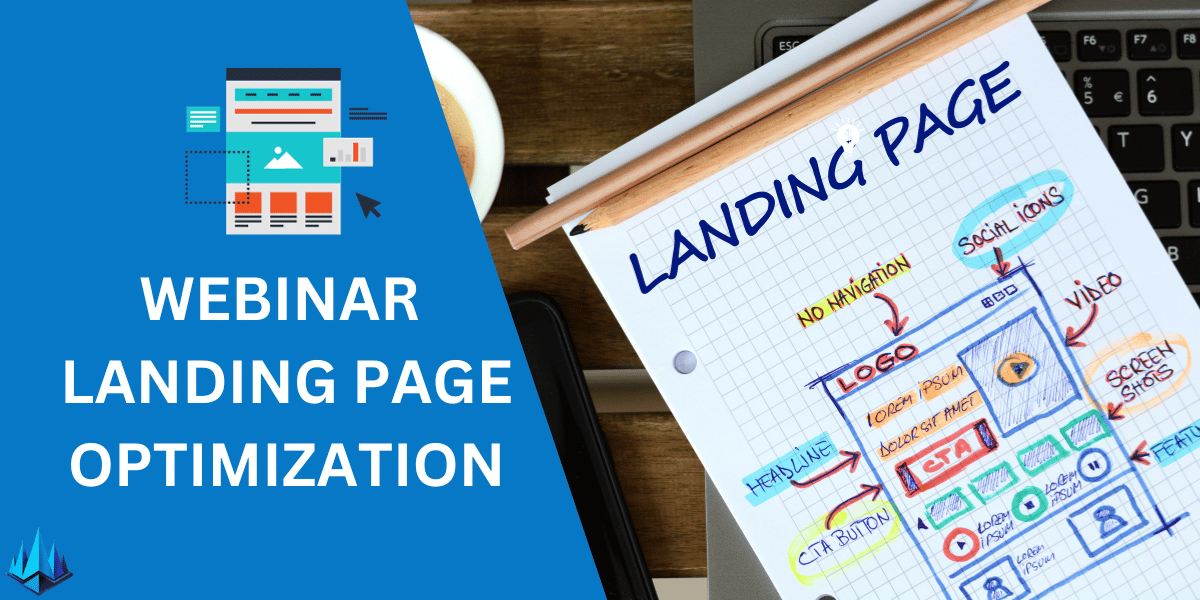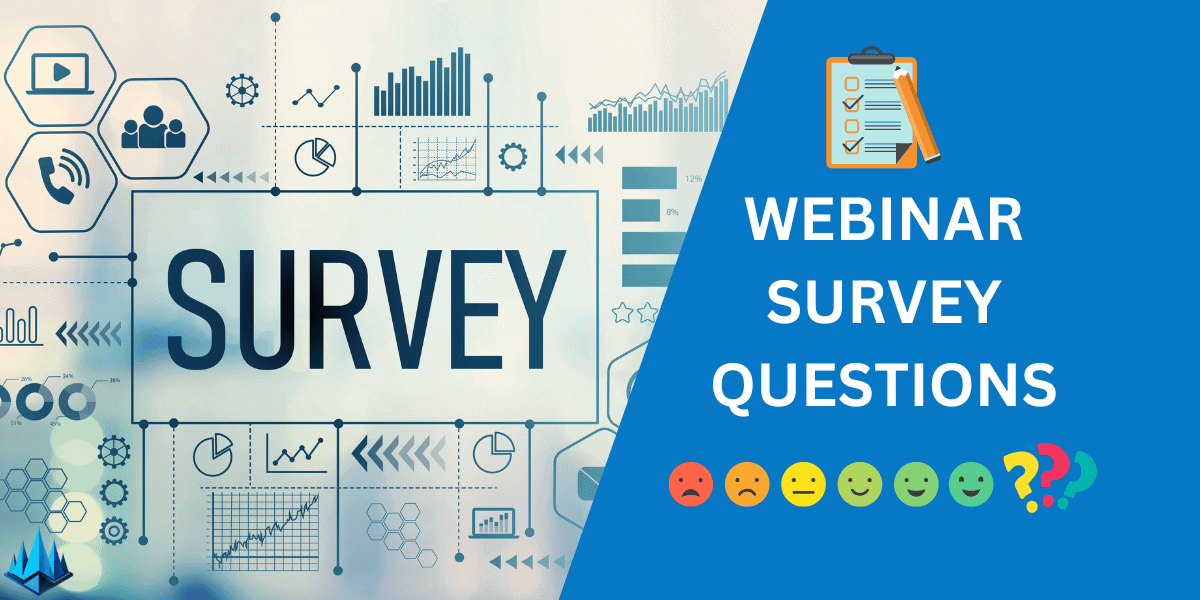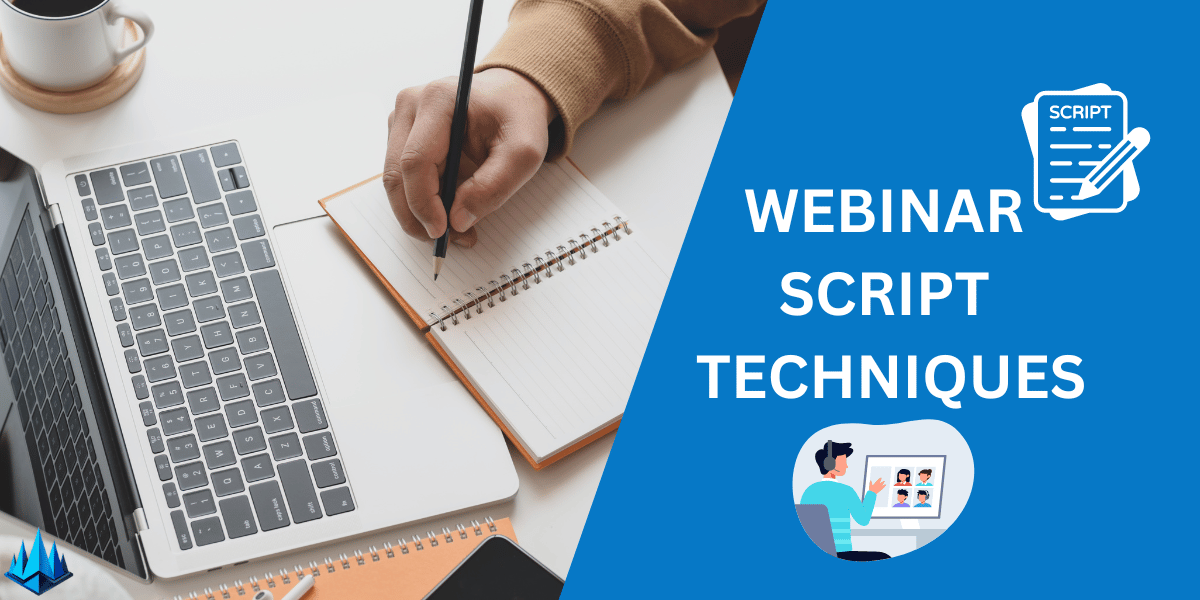Webinars have become a cornerstone of digital communication, haven’t they? But here’s a snag: identifying the best times for a webinar can be like finding a needle in a haystack. You’re juggling time zones, audiences’ schedules, and the ever-changing digital landscape. The challenge is real, and it’s one that we’re about to tackle head-on.
Imagine hosting a webinar where every seat is filled, engagement is high, and your message resonates powerfully. Achieving this is not just about the content you deliver; it’s also about timing it right. In this article, we’ll dive into the 7 most effective times to schedule your webinars in 2024, ensuring your audience is attentive and primed for your message.
We understand that your time is precious. You’re seeking concrete, actionable advice without wading through a sea of text. So, let’s cut to the chase and help you unlock the full potential of your virtual meetings or webinars with optimal scheduling.
- Identifying the best time for a webinar is crucial for maximizing attendance.
- Time zones, audience availability, and digital trends impact webinar scheduling.
- The article provides 7 optimal times for webinars in 2024.
- Focusing on the right timing can significantly enhance audience engagement.
What’s the Ideal Timing for Your Webinar?
1. Mid-Week Mornings: A Sweet Spot
Tuesday or Wednesday, 10 AM – 12 PM
Why are mid-week mornings golden? From personal experience, I’ve noticed that people are most engaged on Tuesday and Wednesday mornings.
They’ve settled into their week but aren’t distracted by the approaching weekend.
Scheduling your webinar between 10 AM and 12 PM can catch attendees when they’re alert and ready to absorb new information.
2. Thursday Afternoons for Maximum Engagement
Thursday, 2 PM – 4 PM
Thursdays are the new Fridays in the webinar world. Hosting your webinar in the afternoon, especially between 2 PM and 4 PM, taps into a time when most people are looking for a change of pace in their workday.
This slot has consistently shown higher attendance rates in my webinars, possibly because it offers a welcome break from the usual routine.
3. Early Week Information Sessions
Monday, 11 AM – 1 PM
Mondays are tricky, but the late morning slot, from 11 AM to 1 PM, works wonders. It’s when attendees are more likely to be open to new ideas and planning their week.
I’ve found that informative webinars do particularly well in this slot, as they set a productive tone for the week.
4. Lunch Hour Learning: A Convenient Choice
Weekdays, 12:30 PM – 1:30 PM
Lunch hours are an underutilized gem. People often look for something engaging during this break, making it a perfect time for a shorter, more focused webinar.
In my experience, lunchtime sessions tend to attract busy professionals who appreciate the convenience of combining learning with their lunch break.
5. Late Afternoon Wind-Down
Tuesday or Thursday, 4 PM – 5 PM
As the day winds down, people often seek a change in their routine. Scheduling your webinar from 4 PM to 5 PM, especially on a Tuesday or Thursday, can capture this audience.
In my experience, this time slot has worked well for more casual, discussion-based webinars, as attendees are generally more relaxed and open to interaction.
6. Early Birds Catch the Worm
Wednesday, 8 AM – 9 AM
For a niche audience, early mornings can be incredibly effective.
A webinar between 8 AM and 9 AM on a Wednesday has shown surprising attendance levels, particularly among early risers and those in executive roles.
It sets a proactive tone for the day, and attendees tend to be very engaged.
7. Weekend Workshops: Engaging the Dedicated
Saturday, 10 AM – 12 PM
Weekends aren’t traditional for webinars, but don’t dismiss them.
Saturday mornings, particularly between 10 AM and 12 PM, are great for more in-depth workshops.
This time slot attracts a dedicated audience who are genuinely interested in the topic and have the time to engage deeply.
My weekend webinars have often had the most interactive and committed participants.
Why Does Timing Matter for Your Webinar?
Have you ever wondered why finding the best time for a webinar is so crucial?
It’s not just about convenience; it’s about tapping into the highest potential of your audience. Its content or presenter doesn’t just define the perfect webinar; its success is hugely influenced by when it’s scheduled.
Think about it – if your audience is preoccupied, tired, or not in the right mindset, even the most engaging content won’t resonate as it should. By identifying the optimal time, you’re aligning your webinar with the moments your audience is most receptive.
This timing ensures higher attendance, better engagement, and more effective communication. Whether avoiding the Monday blues or leveraging the mid-week energy spike, every aspect of timing plays a pivotal role.
Remember, in the digital world where attention is scarce, timing isn’t just a detail; it’s a strategic decision.
Final Thoughts
As we wrap up, let’s reflect on the importance of choosing the best time for a webinar. It’s a decision beyond mere scheduling; it’s about making every second count.
But remember, the perfect webinar time is not a one-size-fits-all. It should be tailored to your audience and your content.
Alongside a compelling webinar script and engaging presentation style, timing is critical to your webinar’s success. Consider surveying your potential attendees to gather insights into their preferences.
This data-driven approach can guide you to select the ideal time and craft the best-automated webinar that resonates with your audience, regardless of when they choose to tune in.
Ultimately, the synergy of a well-timed webinar, a captivating script, and audience insights can elevate your webinar from good to unmissable.
Frequently Asked Questions
What Factors Determine the Best Times For A Webinar?
The best time for a webinar hinges on several factors, including your target audience’s location, their typical work schedule, and the nature of the webinar content. Considering time zones is crucial for a global audience. Additionally, industry trends and the specific goals of your webinar (educational, sales, networking) also play a significant role in determining the ideal time.
How Does Audience Demographics Impact Webinar Timing?
Audience demographics significantly impact webinar timing. For instance, professionals might prefer webinars during work hours or lunch breaks, whereas a general audience might be more available on evenings or weekends. Age, occupation, and lifestyle differences can influence when your audience is most likely to attend and engage with your webinar, making it essential to understand your audience’s profile.
Can the Day of the Week Affect Webinar Attendance?
Absolutely! Mid-week days like Tuesday and Wednesday often see higher attendance rates, as Mondays are typically busy and Fridays are winding down days. However, the ideal day can vary based on your audience and the purpose of the webinar. Weekends can work well for more in-depth, workshop-style webinars.
Is It Important to Consider Time Zones for Webinars?
Considering time zones is essential, mainly if your audience is spread across different regions. You might consider scheduling multiple sessions of the same webinar to accommodate various time zones or choosing a time that hits a sweet spot for most of your audience. Alternatively, offering a recorded version can ensure those in less convenient time zones don’t miss out.
How Can I Determine the Best Time for My Webinar?
To determine the best time for your webinar, start by analyzing your target audience’s preferences and behaviors. Use data from past webinars, if available, to identify trends in attendance and engagement. Conducting surveys or polls can also provide direct insights. Additionally, consider testing at different times and measuring the performance to find what works best for your audience and content type.











